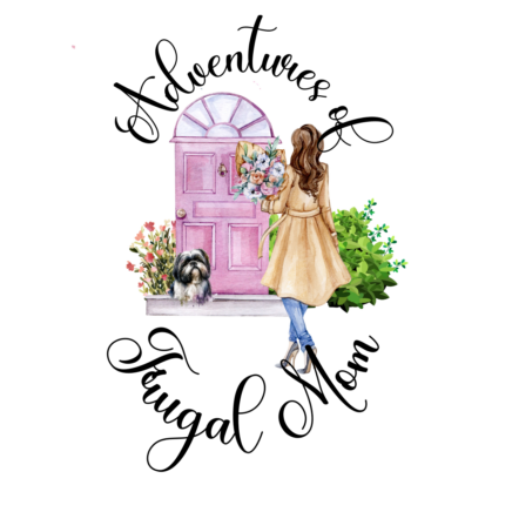Music Plays an Important Role in Child Development

Children start to learn about rhythms and they start to move with beats of music very early in life. Aside from music being pleasing to the ear and the senses, it has also great benefits in their development, especially cognitive development and development of their sensory skills.
Reasons, why music is beneficial to the development of a child, including as follows:
It helps increase sensory development.
Just like texture, tastes, colors are important in the development of the sensory skills of a child, music is as important. The relationship between sensory development and music is discussed in Scholastic. Exposure to the different types of genre and style creates more pathways between their brain cells. Its effect on the development of the child makes even more value when associated with different activities like singing and dancing.
It improves numeracy and literacy.
A baby, at an early age, can hear and identify different types of sounds. He can recognize the voice of his mother and identify them from the voice of other people. Music exposure enhances the inherent ability of the child to decode words and sounds.
Sound patterns can be identified by a toddler through nursery rhymes. He can learn it through repetition. The patterns and rhythm in a poem or a song help toddlers anticipate what comes next, this enhances his ability to put patterns in a sequence.
Patterns in songs like, “Old MacDonald,” help them recognize and anticipate patterns. Also as early as toddlerhood, kids can learn numbers through songs. Examples for this are, “Ten Little Indians”, “One, Two, Buckle My Shoe”, and others. These are the skills that build a solid base for numeracy and literacy.
It lifts moods up.
Most parents depend on lullabies when they tuck their toddlers to sleep. Music soothes and relaxes the child.
It helps build coordination.
A child easily moves to the rhythm he hears. This can be noticed when toddlers begin to sway, swing their arms, nods their heads, or any other movement that they do to the rhythm of the music around them. They may not know the words, but sometimes they would even hum to the tune.
It encourages them to move and in doing so the motor skills are also enhanced. It would even help develop their muscles, strength, and balance. This happens when he jumps up and down or sits down and stands up when he hears fast music.
It helps in developing a child’s vocabulary.
At an early age, children hum to a tune and mimic the sound of the words, usually the beginning and the last syllables, especially with rhyming words. Although they do not understand the words, this is a way for them to develop their understanding by being able to identify the storytelling in a song. Nursery rhymes are a great source of vocabulary for children – click here.

It promotes awareness of their bodies.
Moving with the song, moving the different parts of their body can facilitate body awareness. One example is the song, Head, Shoulder, Knees, and Toes”. The majority, if not all, of the children, learn about their heads, shoulders, knees, and toes are because of this song.
Nowadays, there are a lot of ways to engage toddlers with music and tunes. Singing songs with them is a great way for them to learn and push help in their development; it is also an excellent way for parent-and-child bonding. The best and most natural way to engage them and develop their love of music is to expose them to it.
Provide Your Child with easy access to music.
Since toddlers are still very young to attend classes, their first exposure should happen at home. The internet is a good source of toddler songs, nursery rhymes, and lullabies. These can be downloaded from any music platforms and in various file types – mp3, mp4, etc.
Teach with the use of music.
With the use of nursery songs, toddlers can learn about a lot of things like stars, teapots, Indians, and others. Songs like “Twinkle, Twinkle, Little Stars” teach children that stars “twinkle” at night, describes them as “bright”, and that they stars hang in the sky; some songs help children learn about the animals in the farm and the sounds they make; some songs teach an early lesson in numbers and counting; and others.
Give your child time to explore.
Keep your toddler music downloads handy in a playlist so you can play it for your child anytime during your bonding time. Let your child listen and just enjoy what she’s hearing. Do not expect him to nod to the rhythm or clap to a beat immediately. Just let him enjoy and discover the different tunes, sounds of instruments, rhyming words, or beat of the drums, and all the different sounds in the playlist you have created for him.









